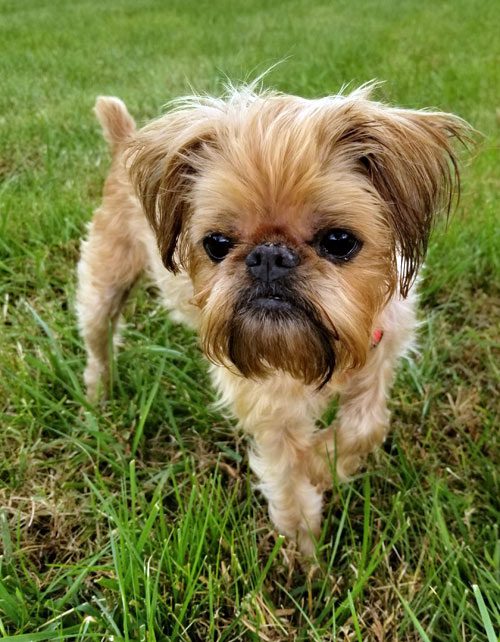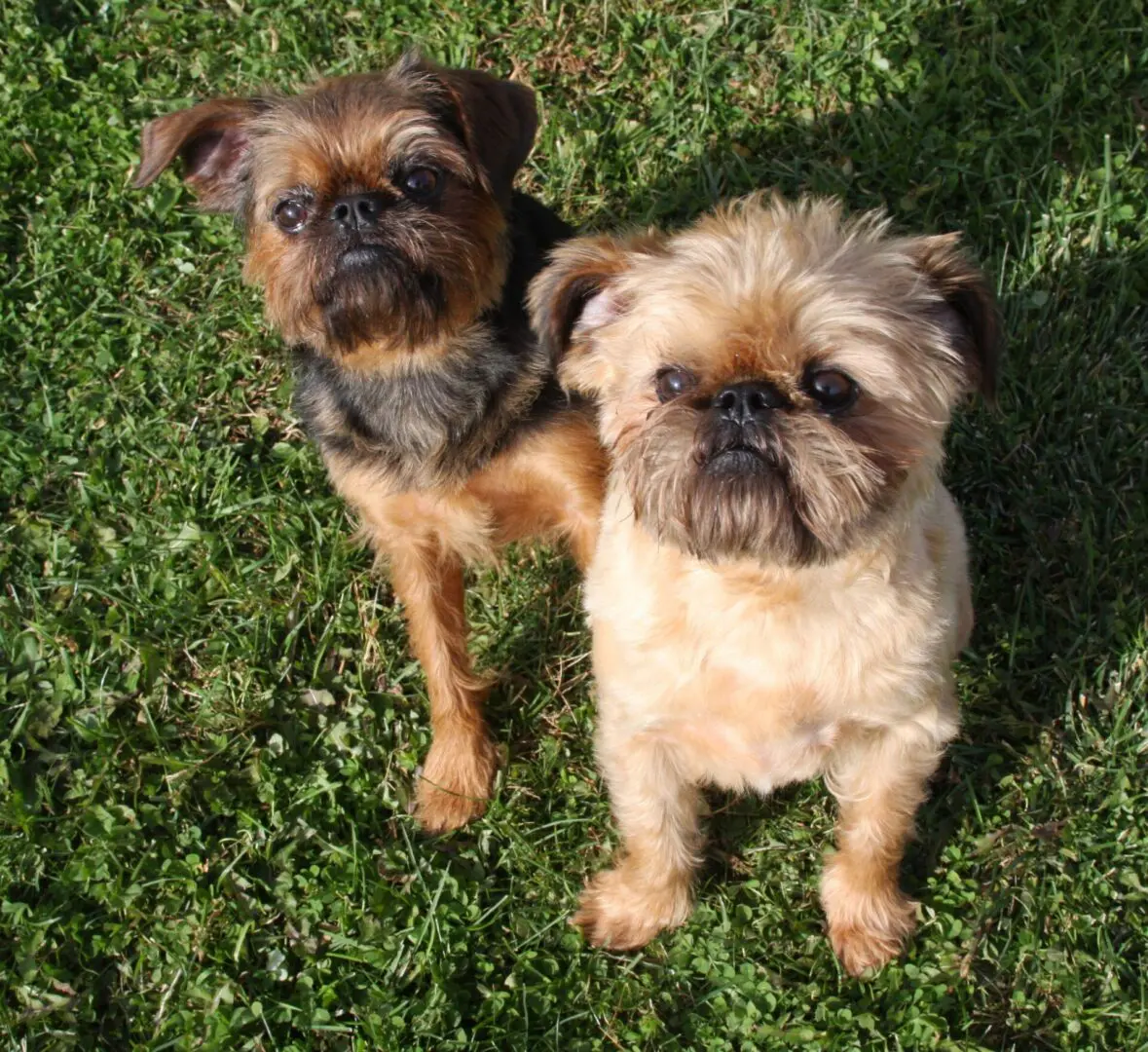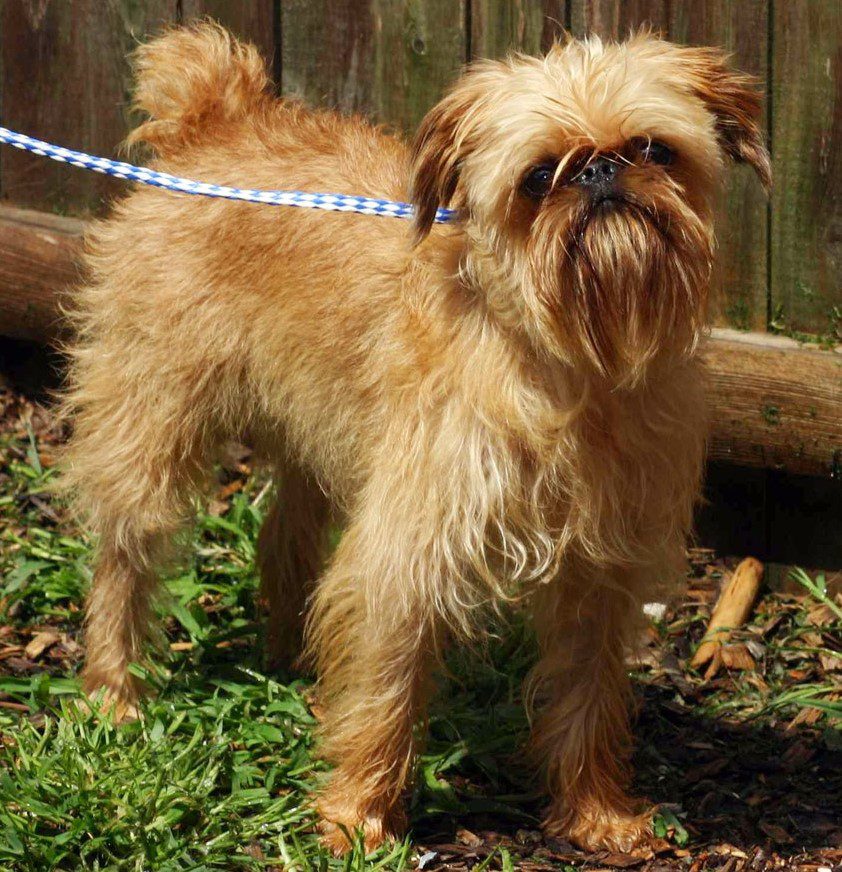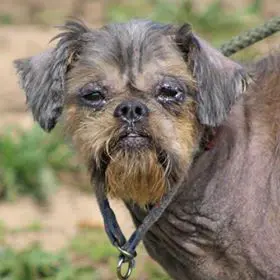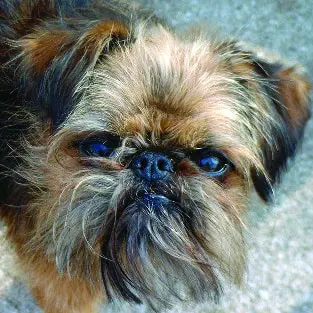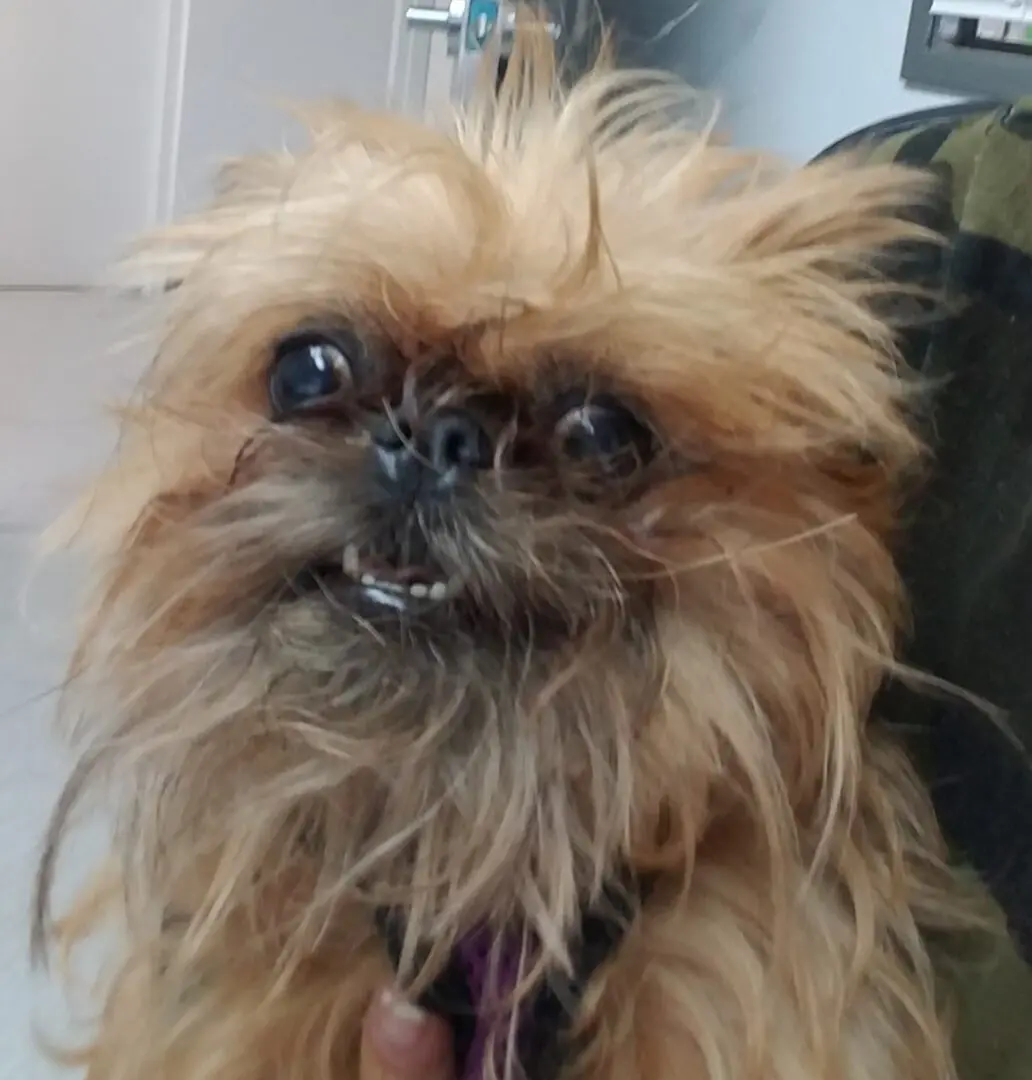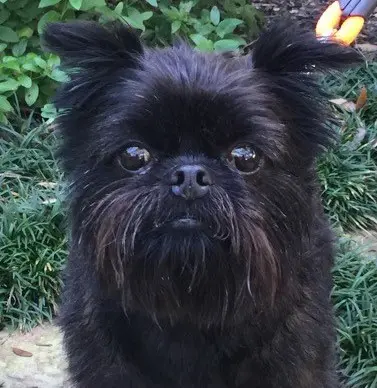Griffon
Is a rescued Brussels Griffon the right choice for you and your family?
Griffs are not like other dogs. They are affectionately known as Velcro® dogs because they attach themselves to one person in the family, sometimes two, and want to be with that person 24/7.
They want to sleep in bed with you. They follow you from room to room and prefer to never be more than 2-3' from you. If you are standing at the sink, you may find your Griff sitting on your feet. When you sit down, your Griff will be in your lap. Can you handle that as part of your lifestyle?
Often Griffs do not do well when left alone, even in the company of other dogs. An ideal situation is to be with someone who works from home, is allowed to take their dogs to work with them, works part time, or is retired. This is an ideal breed for empty nesters.
Please read the following information about Brussels Griffons. Make sure that this is the right dog for you. This is a lifetime commitment for the Griff and could be a 12-15 year commitment for the adopter.
Brussels Griffon temperament and behavior
House Training
Adopting a rescued Brussels Griffon
Check these websites for additional, responsible breed information.

